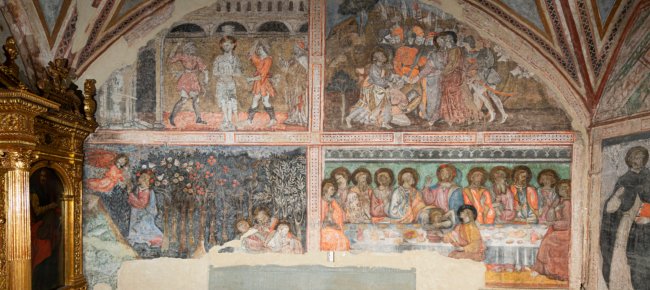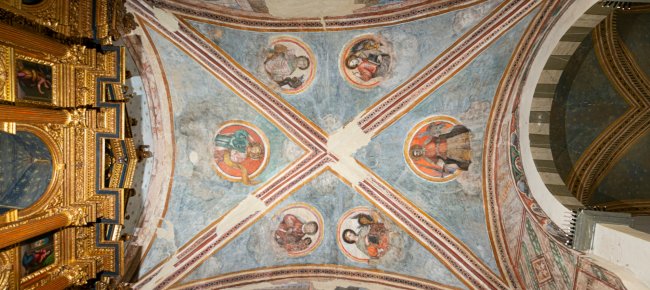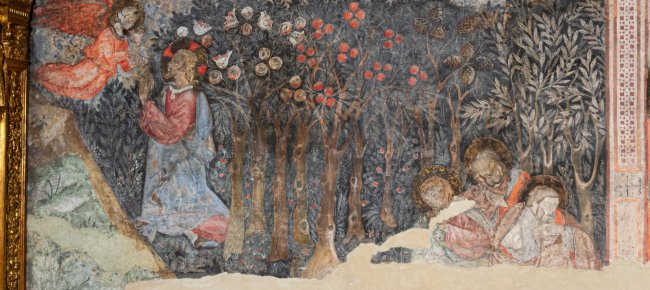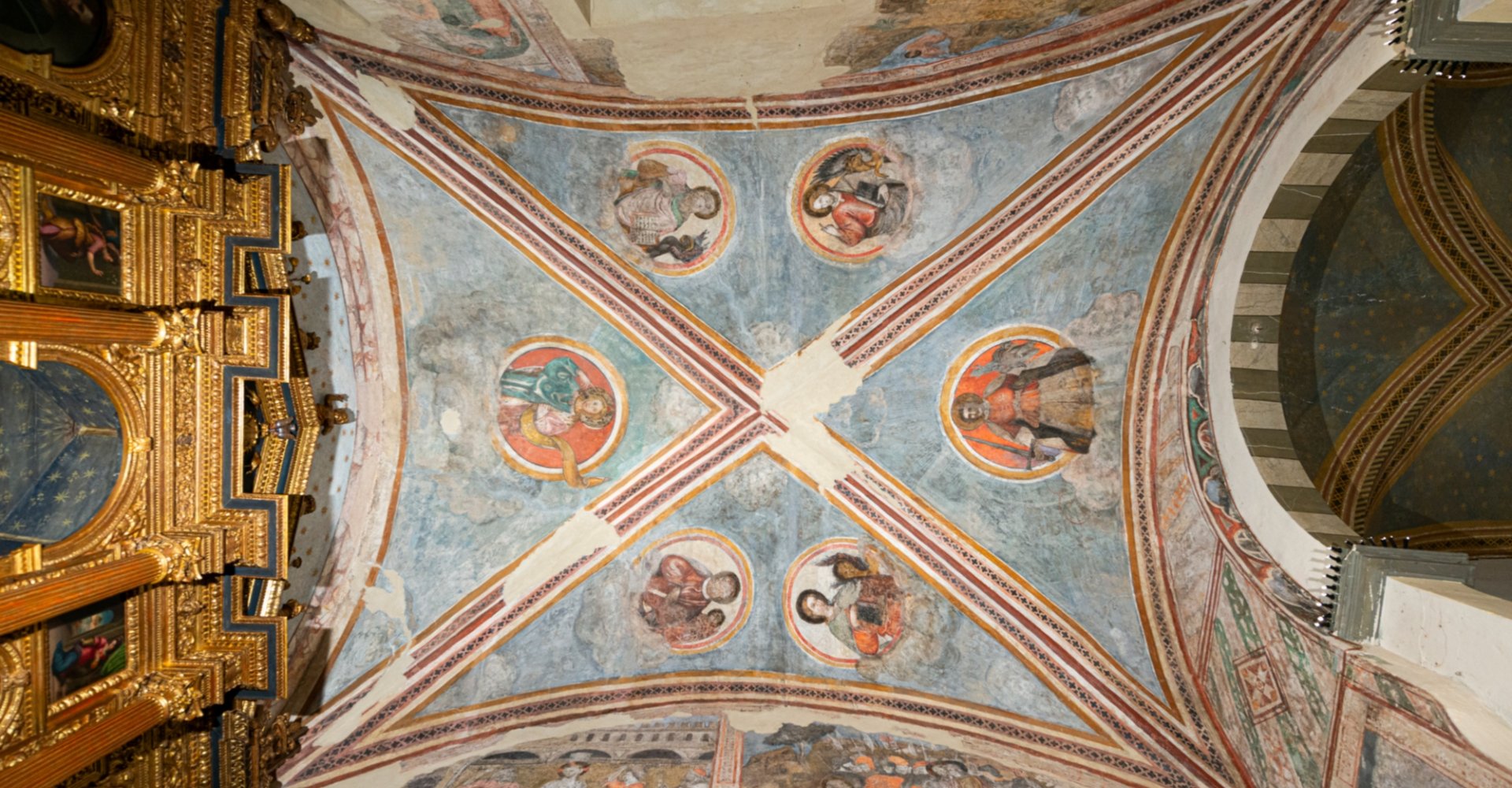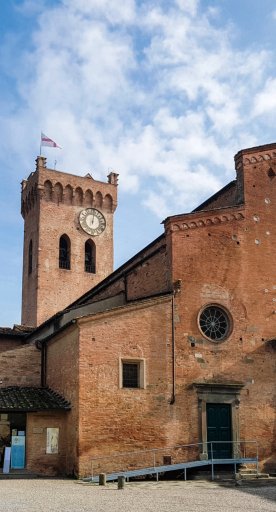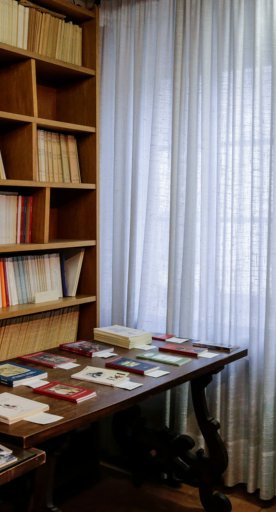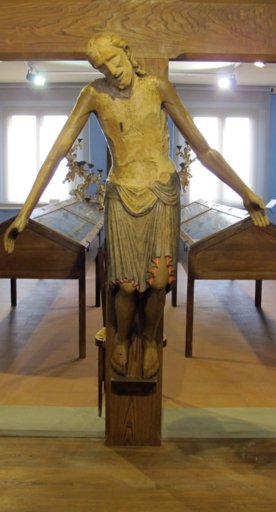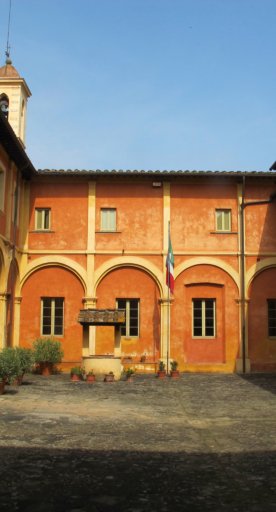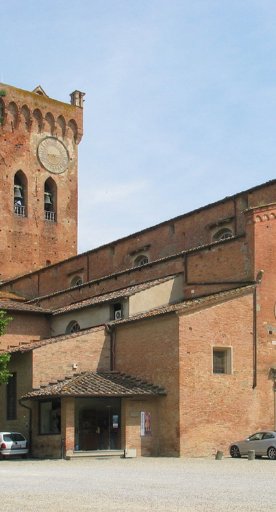Loretino Oratory in San Miniato
Built in the late 13th century, the oratory vaunts completely frescoed walls and vaults
The Loretino Oratory in San Miniato takes its name from the wooden statue of the Madonna di Loreto conserved in the church, specifically, in the central niche of the wooden altar on the back wall.
This religious space was built inside the town hall in the 13th century and was originally used as a private chapel for governors. In 1399, it took on greater importance for the entire community was a wooden crucifix considered miraculous – and thus highly venerated by the public – was installed here; the artwork remained in the oratory until the end of the 18th century. The building was slowly decorated over time, including a Gothic enclosure installed around the presbytery and, in the 15th century, frescoes added to the walls.
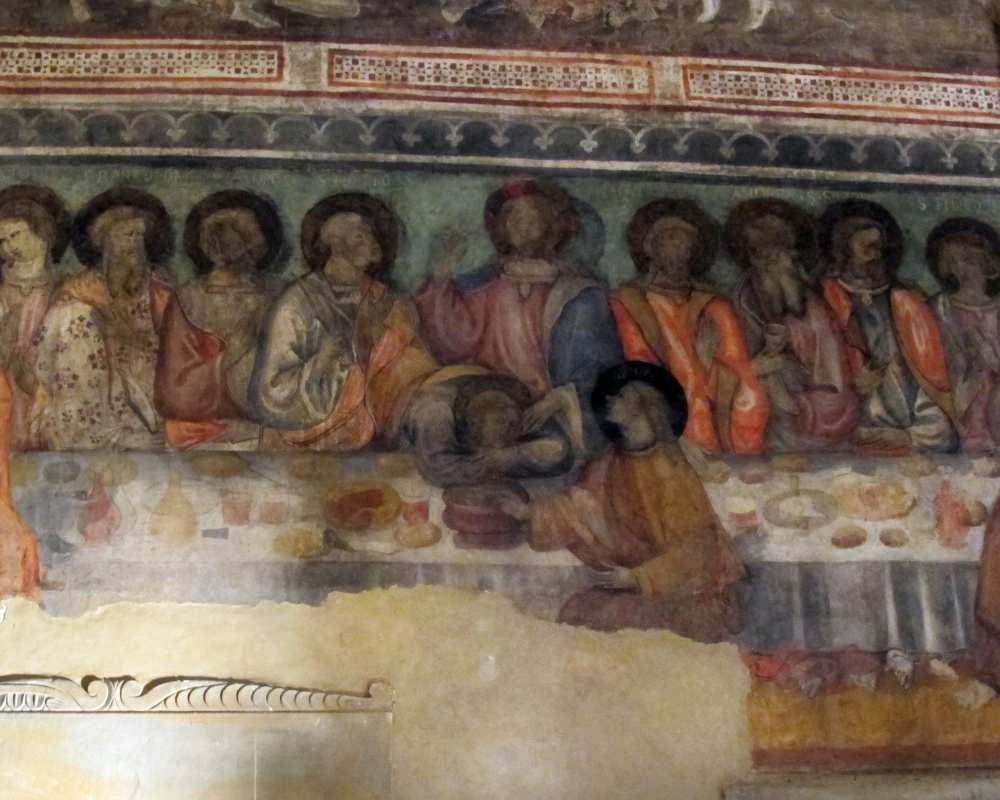
The oratory was frescoed with scenes of Christ’s childhood and the Passion, while the rib vaults were decorated with the Erythraean Sibyl, King David and the four Evangelists. The many improvements made in the building include the creation of a wooden altar in the early 16th century: engraved by Florentine masters Luca and Bastiano, it comprises several niches which contain paintings by Francesco Lanfranchi, including two that depict the patron saints of the city, Genesius and Minias. The predella is painted as well, showing scenes from the Passion of Christ, serving as a continuation of the frescoes on the walls.
